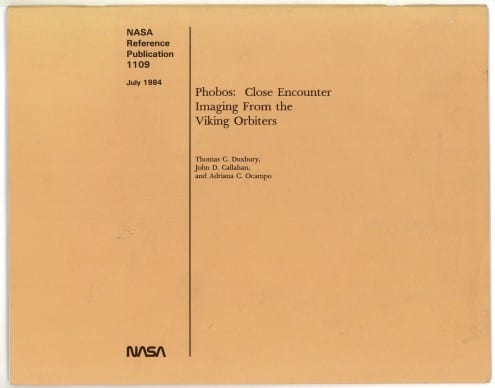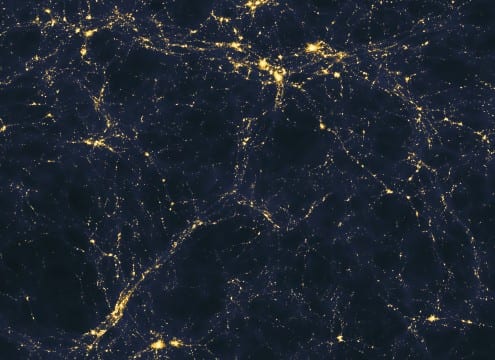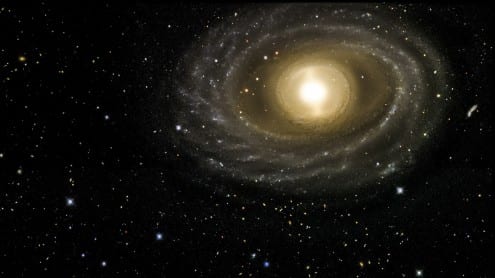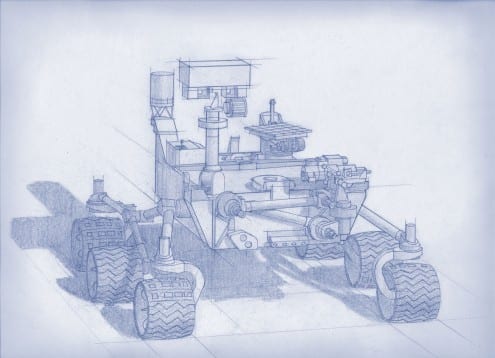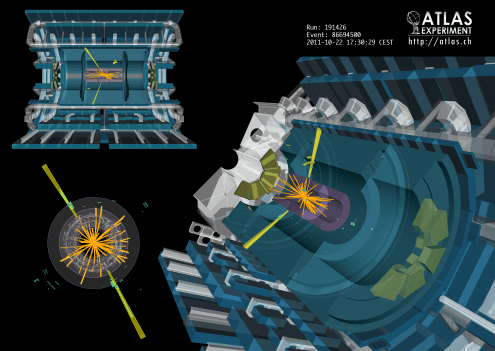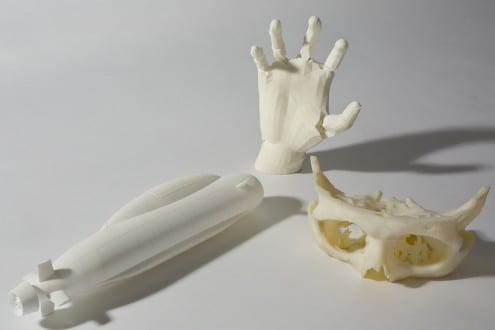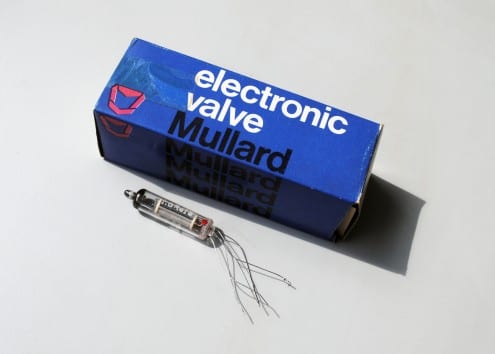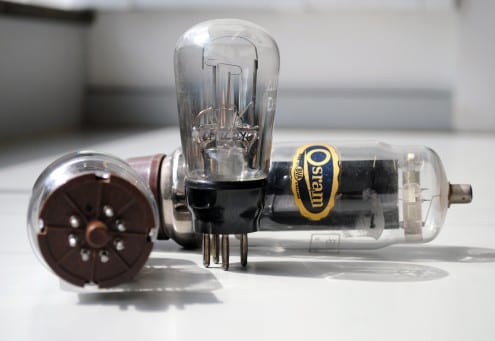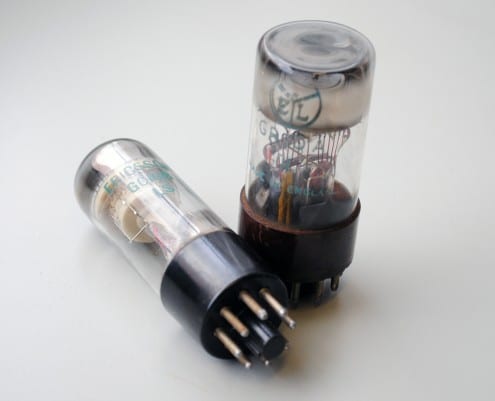In Fermilab, just outside of Chicago, an intense beam of neutrinos leaves a particle accelerator. Less than one hundredth of a second later, the neutrinos reach Northern Minnesota, over 700 kilometres away. Here, scientists and engineers are developing a number of large experiments to help them understand the properties of neutrinos – currently an area of considerable uncertainty in the world of physics.
One of these is a device known as CHIPS-M, pictured here at dawn on 1 August, just before it was deployed underwater in the flooded Wentworth-W mine pit in the background.

The CHIPS-M detector at dawn, on the day it was deployed in the flooded mine pit in the background. Photo courtesy Jerry Meier (University of Minnesota)
(This pit belongs to Cliffs Natural Resources who have kindly granted access and the land where the detector and control-shed are sitting has been provided by PolyMet Mining.)
This neutrino detector may look large (it is a 3.5m x3.5m cylinder), but it is in reality a small-scale prototype for a device which will be many times larger. The team developing the instrument is led by Prof Jennifer Thomas (UCL Physics & Astronomy).
Neutrinos barely interact with normal matter. Even though we know vast numbers of them pass through the Earth thanks to their production in nuclear reactions in the Sun, detecting even a single neutrino is extremely challenging, and larger detectors improve the odds of seeing one by increasing the amount of matter in their path.
Neutrino detectors can work in a number of ways. CHIPS-M works through detecting Cerenkov radiation which is produced in the water inside it. Like all methods of detecting neutrinos, it is indirect.
CHIPS-M consists of a large bag storing 50 tonnes of water, equipped with highly sensitive detectors, like the ones used in the IceCube Experiment in Antarctica, that can pick up the tiniest flashes of Cerenkov radiation. When a muon-neutrino enters water, very occasionally, it will interact with the water and produce a charged muon. Sometimes the muon-neutrinos oscillate into electron neutrinos and they can produce a charged electron. Both of these charged particles, if they have enough energy, move through the water faster than light can. The electromagnetic wake these particles leave behind them is visible as a brief flash which can be picked up by the detectors.
In order to minimise false-detections caused by cosmic rays, energetic particles that come from space, CHIPS-M is placed 60 metres deep at the bottom of a flooded mine pit: the water above it shields it from some of this interference as indeed does the orientation of the photo-detectors inside the bag.

The CHIPS-M detector being lowered into the mine pit and filled with water. In the boat is UCL physicist Prof Jennifer Thomas. Photo courtesy Jerry Meier (University of Minnesota)
And yet despite this shielding, over the year-long experiment, it is estimated that it will detect around 170,000 cosmic rays and just 20 neutrinos. Any positive identification of neutrinos in this period is in reality just icing on the cake, though – the primary objective of CHIPS-M is as a test-rig for technologies that will be used in future, for instruments far larger and more sensitive than this.
Links
High resolution images

 Close
Close


